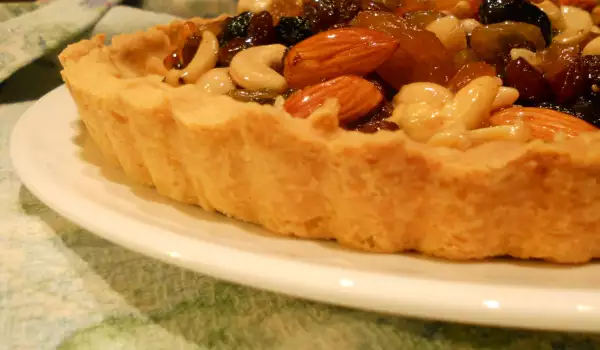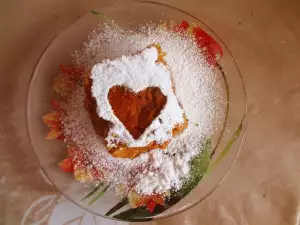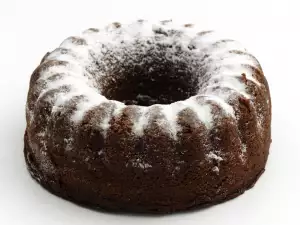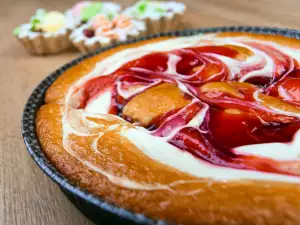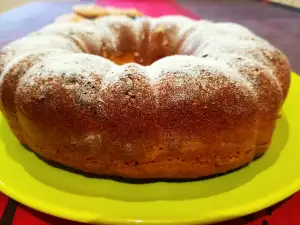How to make
Oven - 360°F (180°C).
A tart pan with a removable bottom, ribbed with a diameter of 20 cm. A rectangular tart pan can also be used, but also with a removable bottom.
Pour the flour into a bowl, add the butter and create crumbs with your hand, fork or with a hand held mixer. Add the sugar and the yolk. Knead with your hands. The shortcrust pastry is shaped for the appropriate tart pan with a removable bottom with a diameter of 8″ (20 cm), by rolling it out between two sheets of paper. Roll it out about 3 cm more than the main diameter, so that a border can be formed.
The rolled out sheet is placed in the greased tart pan. Prick it with a fork. Cut out paper of the same diameter and place it on the dough. Sprinkle baking beads or beans/lentils on top. Once prepared, leave it in the refrigerator for about 15/20 minutes.
Then place in a preheated oven at 360°F (180°C) for about 15 minutes. Remove from the oven and remove the baking paper and baking beads and place it back into the oven for another 5/7 minutes. Take it out and leave it to cool completely.
FILLING
Pour the sugar, water and lemon juice into a saucepan. Leave on a moderate heat for about 8/10 minutes to simmer until a thicker syrup is obtained. As soon as the syrup begins to caramelize slightly and change color, add the piece of butter, wait for it to melt and pour the nuts. Stir so that they are covered on all sides with a light caramel.
Remove from the heat, stir for another 1-2 minutes and pour the syrup over the shortcrust pastry tart. Spread lightly, but mainly in the middle.
On a low heat, liquefy the apricot jam. Use a brush to spread the nuts with a glaze. Leave it to cool completely and cut it into cake pieces.
Mazurek tart is a traditional Polish pastry that is mainly prepared for Easter holidays, but that does not mean that it cannot be prepared for other special holidays. It is based on a shortcrust pastry that can be covered with nuts, dried fruits or cream. Its name comes from a region in central Poland, and it is also said to come from the name of a national Polish dance. The recipe dates back to the 17th century.
